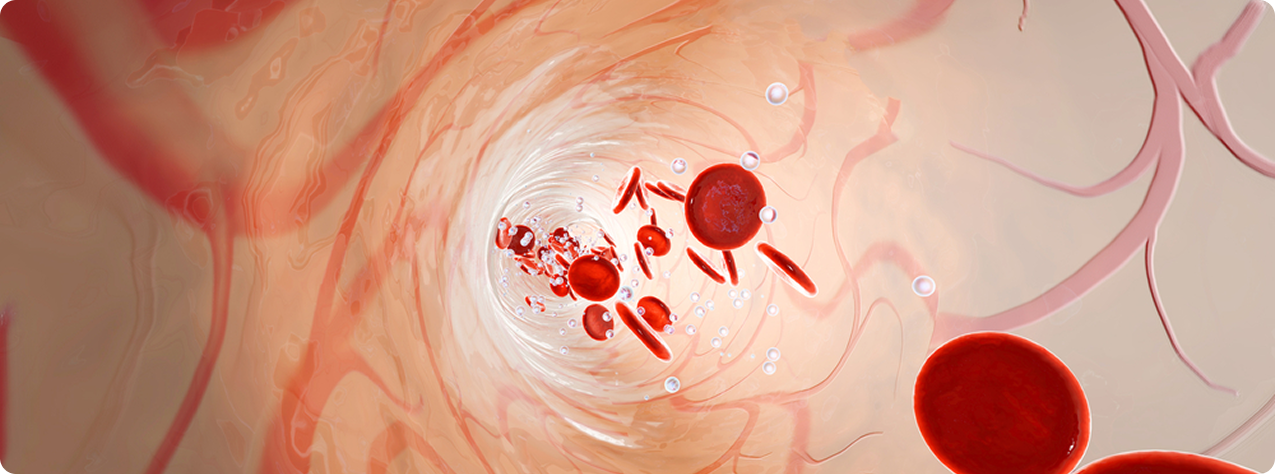Siamese twins
Siamese twins are physically connected to each other by some part of their body from birth
Siamese twins develop when an early embryo only partially divides to form two individuals. The early embryo will indeed produce two organisms, but some of them will be in common This part is most often the chest, pelvis or buttocks Siamese twins may even share internal organs
Most Siamese twins die before or shortly after birth Surviving twins are sometimes surgically separated The success of the surgical intervention depends on the location of the junction and the number of common internal organs, as well as the experience and professionalism of the surgical team
Identical (monozygotic) twins are obtained when a single fertilized egg divides and forms two individuals 8-12 days after conception, embryonic cells begin to form specific organs and tissues It is likely that if the embryo splits after this period, later, 13-15 days after conception, then the separation will no longer occur completely and the twins will be connected to each other by some tissue.
An alternative theory suggests that the two separate embryos then fuse together during early development.
What causes the development of any of these theories is unknown
There is no specific sign or symptom that a woman will have conjoined twins As with other pregnancies, when twins are in the womb, the belly quickly increases in size and mothers experience more fatigue, nausea and vomiting in early pregnancy.
How are twins conjoined Siamese twins are classified mainly by the place of conjoining This place can be diverse The most common options are:
- Chest Conjoined Siamese twins are the most common They share a heart and possibly a liver and upper intestine
- Navel Some Siamese twins are conjoined at the navel They may share a liver or parts of their intestines Siamese twins of this type generally do not have a heart in common
- The end of the spine Siamese twins, who are connected at the end of the spine, generally stand in opposite directions Some of them share parts of the intestines, a few share the common location of the genitourinary system
- Pelvis Such Siamese twins often have the lower digestive system, liver and urinary system organs in common Each twin may have both legs but, in some cases, twins only have 1 pair of lower limbs or conjoined legs.
- Chapter Conjoined conjoined twins share part of their skull and possibly some brain tissue This may include the cerebral cortex, which plays a central role in memory, speech and perception
Rarely, twins may be asymmetrically conjoined – one twin has smaller organs and body, and the other larger (parasitic twins).
